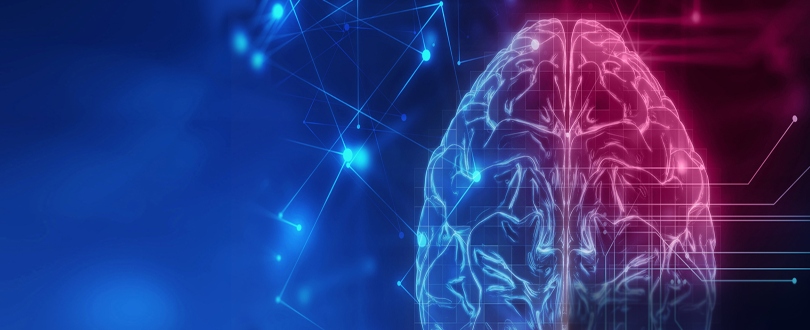The golden age of neuroscience continues to thrive at an accelerating pace throughout 2021. In particular, multiple sci-fi-like breakthroughs for mapping our brains and significant developments in improving human health into older age were made this year, which has fueled much excitement about AI-based advancements. Here are 4 discoveries that have shaped how we view ourselves as humans:
1. See the Decisions being made in Brain by Stanford University
Using an innovative system that combines neuroscience and engineering, a team of neuroscientists and engineers has created the world’s first functional Magnetic Resonance Imaging (fMRI) brain imaging machine to show real-time decision-making. The process includes mental flips between options before choosing one final opportunity for you could be like having your very own AI-powered personal assistant who can make all those difficult choices on behalf.
The scientists and engineers developed a system to read monkey brain cells while they were asked whether or not an animation was shifting slightly left or right. The machine successfully revealed the ongoing decision-making process with ebb tides of indecision along the way, which is similar to what humans go through when trying new things out for themselves.
Video reference – https://www.youtube.com/watch?v=WtfM94VxlhY
2. Live 3D Brain Function Mapping
The mapping of the brain is an intriguing technique that has been used for many years to gain an understanding of our thinking patterns. Scientists at MIT have developed a new method in pairing structural (brain anatomy) and functional (functional behavior) information with live mice, displaying changes across mouse regions as they’re shown different images – it’s fascinating.
The vanguard technique combines third-harmonic generation (THG) three-photon microscopy with retinotopic mapping, allowing activity to be observed through deep brain tissue via electrical signatures.
It also delivers stunning resolution that allows us to study the individual neurons and their substructures and fine blood vessels or myelin – a kind of insulator known for its critical role in processing speed. They uncover the mechanisms by which we process information inside our brains.
Reference – https://www.youtube.com/watch?v=1ZvOmBubU_I
3. Neuroscientists Turn Normal Neurons Into Regenerating Ones
In 2018, scientists learned how to reprogram stem cells into specific neurons. This year researchers from four different US universities have taken a more significant step towards the holy grail of life extension. By identifying genes networks that regulate cellular regeneration, they can manipulate normal cells to become progenitor-like tissue which allows replacement of any kind at all type needed when there are dying ones present within an organism’s body or system.
Cell death or apoptosis is a natural process that occurs in humans and animals as they get older. The researchers believe this mechanism will also play a role during the regeneration of neurons, which may lead to more successful treatments for conditions such as Alzheimer’s Disease.
4. AI Advances the Challenging Diagnoses of Brain Injuries
Scientists at the University of Cambridge and Imperial College London have developed a new AI algorithm that can detect, differentiate and identify different types of brain injuries from topographical CT scan data.
The “AI Toolbox” uses machine learning techniques to analyze multiple scans more accurately in rapid succession without needing human assistance or expertise. Thus eliminating repetitive work on analysis panels and reducing time spent by expert reviewers looking over previous images while evaluating current ones- all seeming simpler than ever before.
To conclude, there are tremendous advancements in neuroscience going on. Researchers and scientists are working day and night to make neuro treatments easier. Due to their efforts, We can treat many diseases today whose treatments were not possible in past.







Leave A Comment